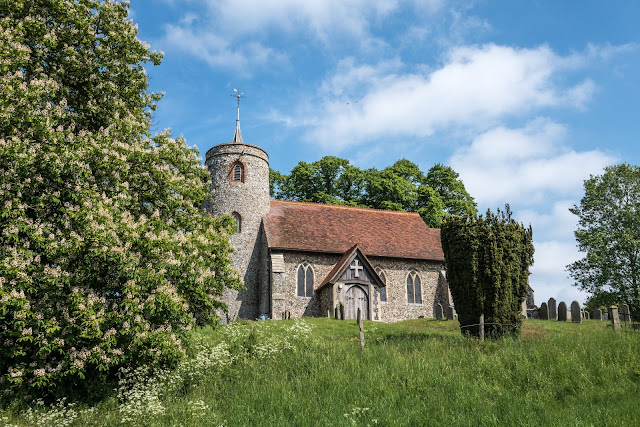A `Church Micro` cache at Aldham church

Aldham is a short distance from Hadleigh, being just on the opposite side of the bypass. There are a series of Geocaches called Church Micros, as they are (reasonable obviously) placed near to Churches. They are never actually on Church property, but, as in this case, they often depend on you gleaning information from the Church and its grounds, to enable you to work out the final position of the cache. This allows you to explore some wonderful historic building in the process, and learn some interesting things as well. Three clues had to be obtained in this case, and duly pointed me to a spot a short distance from the church, where the cache was soon to hand! One of the clues which helped find the final cache, was information on this sundial in the churchyard. So, some picture of this lovely country church of St Mary with it`s round tower. The church itself is a flint church with stone dressings built circa 1340. A circular west tower has a 11c-12c base, which appears to b...
